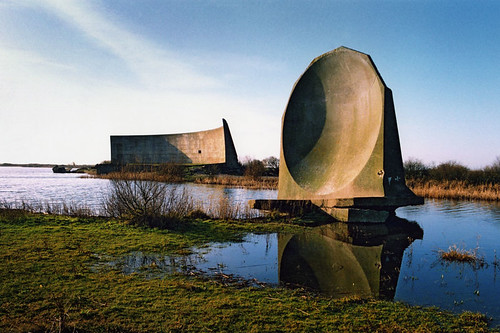… visual detection was often hampered by the island nation’s overcast skies, and the technological means of spotting aircraft were primitive at best. One scheme involved a massive concrete “sound mirror” that picked up the noise of an approaching engine—unfortunately, though, the device wouldn’t have been able to distinguish between the invading Luftwaffe and a passing British lorry. A technological breakthrough was needed….
Source: Review of “The Tizard Mission” by Stephen Phelps at the Wall Street Journal, 2011-03-12
Amusingly, alongside the review is a link to an article Opinion: Japan Does Not Face Another Chernobyl by a William Tucker. Obviously this isn’t the William S Tucker who was involved in the development of sound ranging!
